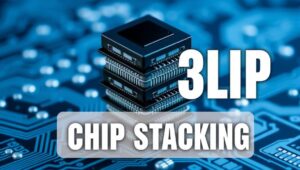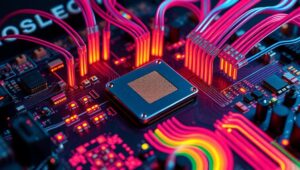May 18, 2025
AI in Finance: Algorithmic Trading and Fraud Detection (2025 Outlook)
AI in Finance: Algorithmic Trading and Fraud Detection (2025 Outlook) Artificial intelligence (AI) is rapidly transforming the financial industry, offering unprecedented opportunities for efficiency, accuracy, and innovation. By 2025, AI is poised to become even more deeply integrated into core financial processes, particularly in algorithmic trading and fraud detection. This article examines the current state and future trends of AI in finance, providing an outlook on how these technologies will shape the industry landscape. Algorithmic Trading Algorithmic trading, also known as automated trading or black-box trading, involves using computer programs to execute trades based on predefined instructions. AI enhances algorithmic












